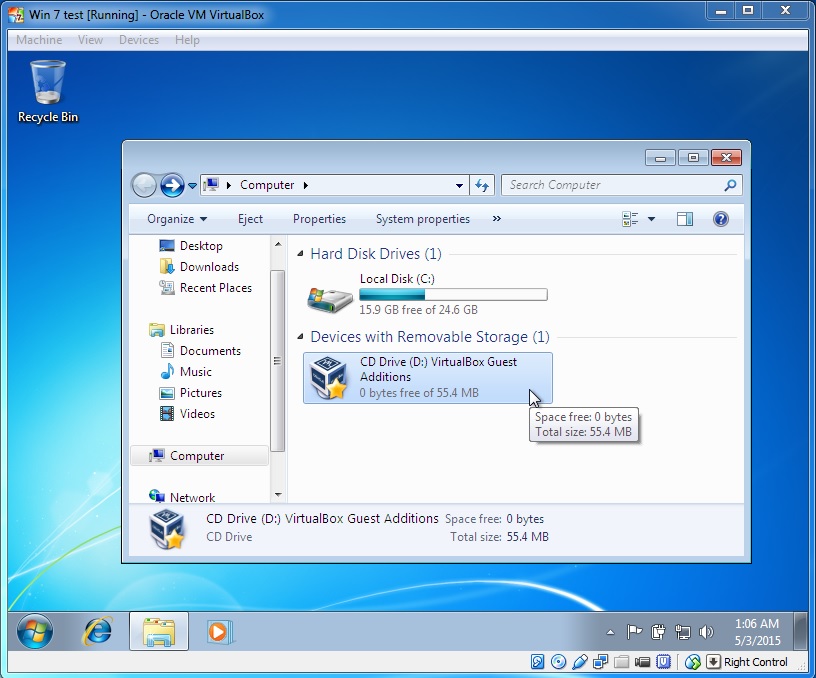


Installing Required Build Tools on the Ubuntu VM: In this article, I am going to show you how to install VirtualBox Guest Additions on your Ubuntu VM.

Time synchronization: You will be able to synchronize the host time with the VM.Resizable VM Window: You will be able to freely resize the VM window and the VM screen resolution will automatically adjust.3D and 2D acceleration: You will be able to use 2D and 3D graphics acceleration in your VirtualBox VM.Shared clipboard: You will be able to share clipboards between the host and the VM.Shared folders: You can share folders/directories from your host computer to the VirtualBox VM.You no longer need to press the Host key (usually Right key). Mouse pointer integration: You can move in and move out of the VM freely.VirtualBox Guest Additions allows you to use the following features of VirtualBox: sudo lsmod | grep vboxĬongratulations, you have now installed the VirtualBox Guest Additions on your Fedora machine.If you’re using VirtualBox for virtualization, then VirtualBox Guest Additions is a must have tool for you. Step 12) After your system restarts, you can check if the VirtualBox Guest Additions are installed successfully using the below command. Step 11) Reboot your machine to apply changes. Step 10) At last, you should find a message like the below one.

Vbox Guest Additions Will Start Installation Step 8) Authentication is required, use your sudo password to continue. Click the Run button to start the Virtual Box Guest Additions installation. Step 7) The package should auto-run automatically, as shown below. From the top menu of your running virtual machine click the Devices menu and choose to Install the Guest Additions CD image. Step 6) Now, let’s mount the Virtual Box Guest Additions. export KERN_DIR Export The KERN_DIR Environment Variable Step 5) Export the kernel directory environment variable. KERN_DIR=/usr/src/kernels/`uname -r` Add The KERN_DIR Environment Variable Step 4) Add the kernel directory environment variable. dnf install gcc kernel-devel kernel-headers dkms make bzip2 perl libxcrypt-compat Install Required Packages After your system starts, install the following required packages via the Fedora Terminal. Step 2) Reboot your Fedora machine to apply changes, run the reboot command in your terminal, and your computer will restart automatically. dnf update kernel* Update Your Fedora Kernel Step 1) Ensure that you are using the latest available kernel for your Fedora.


 0 kommentar(er)
0 kommentar(er)
